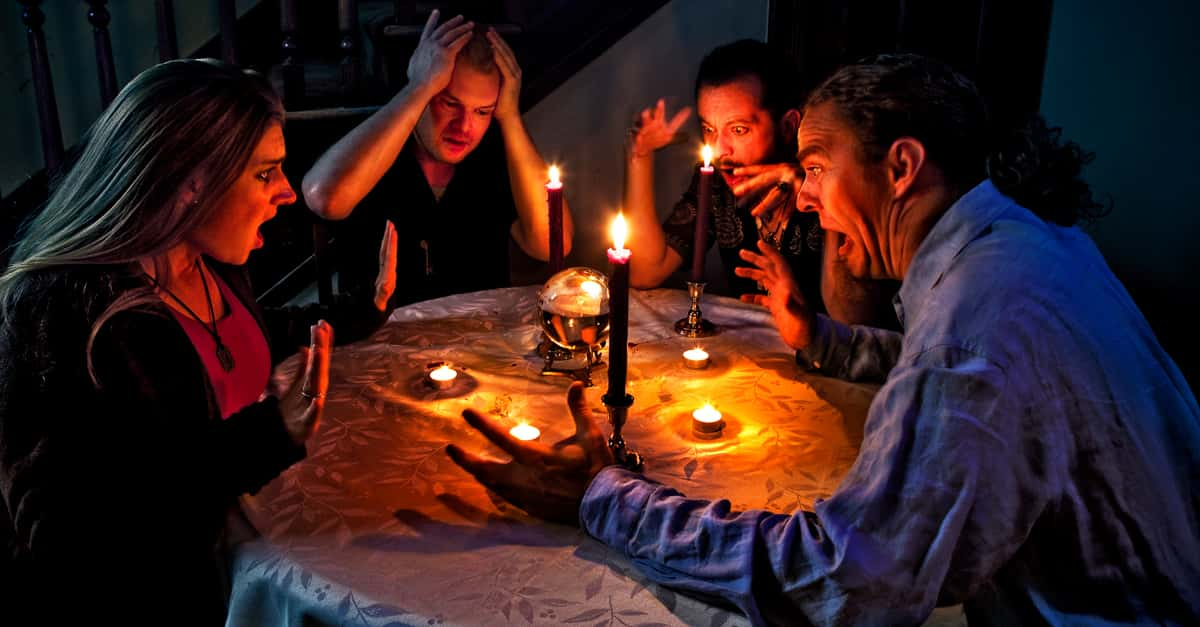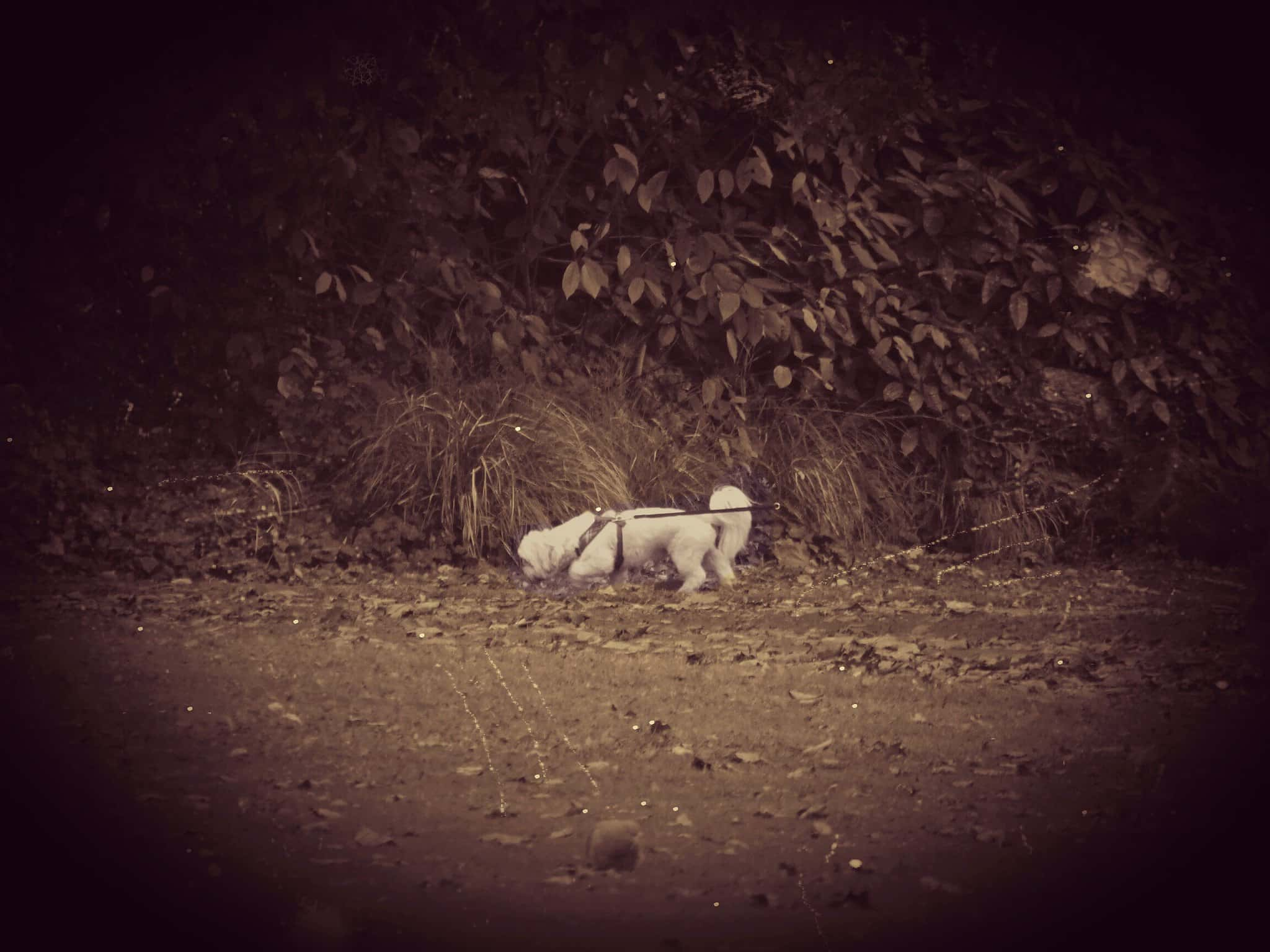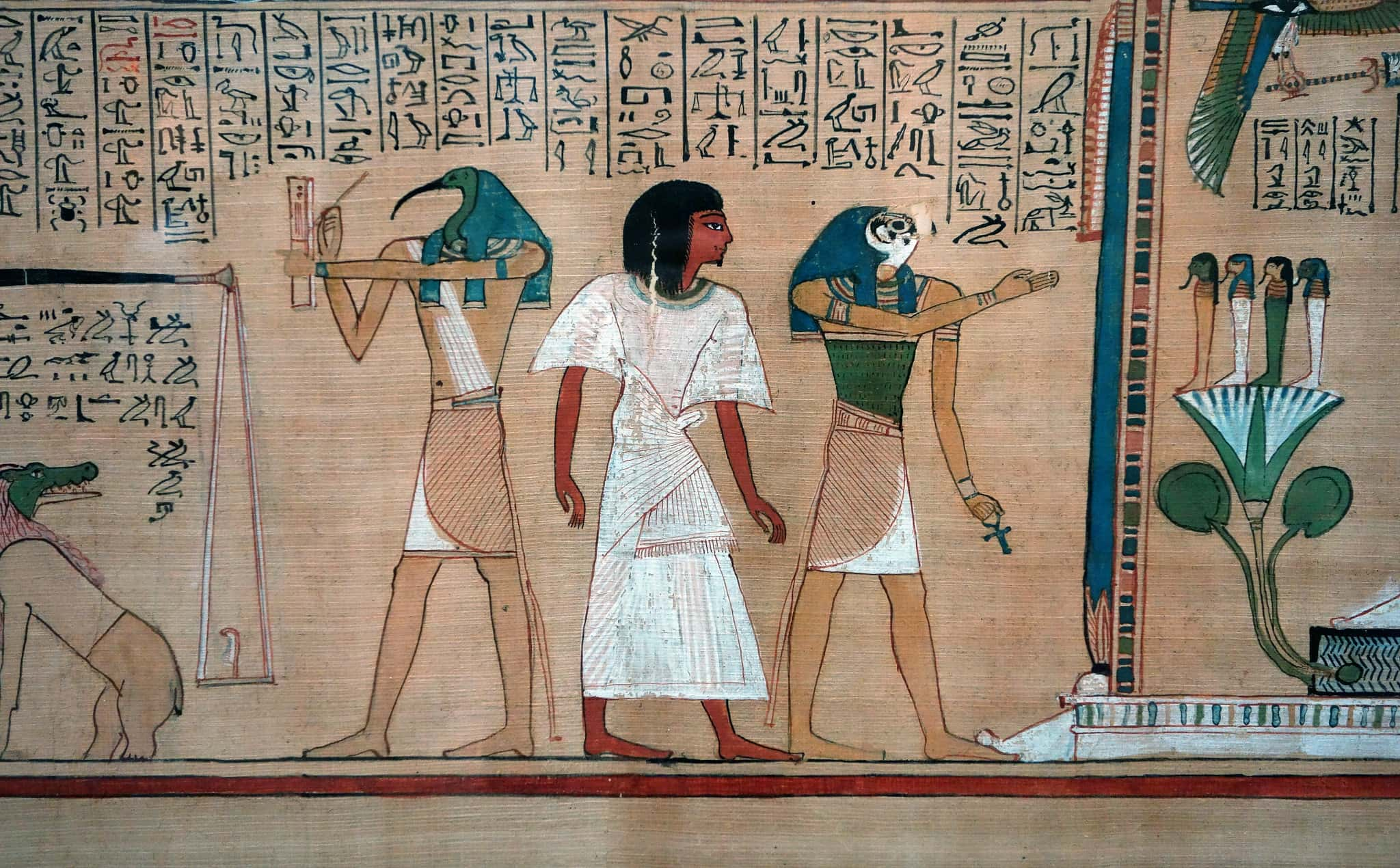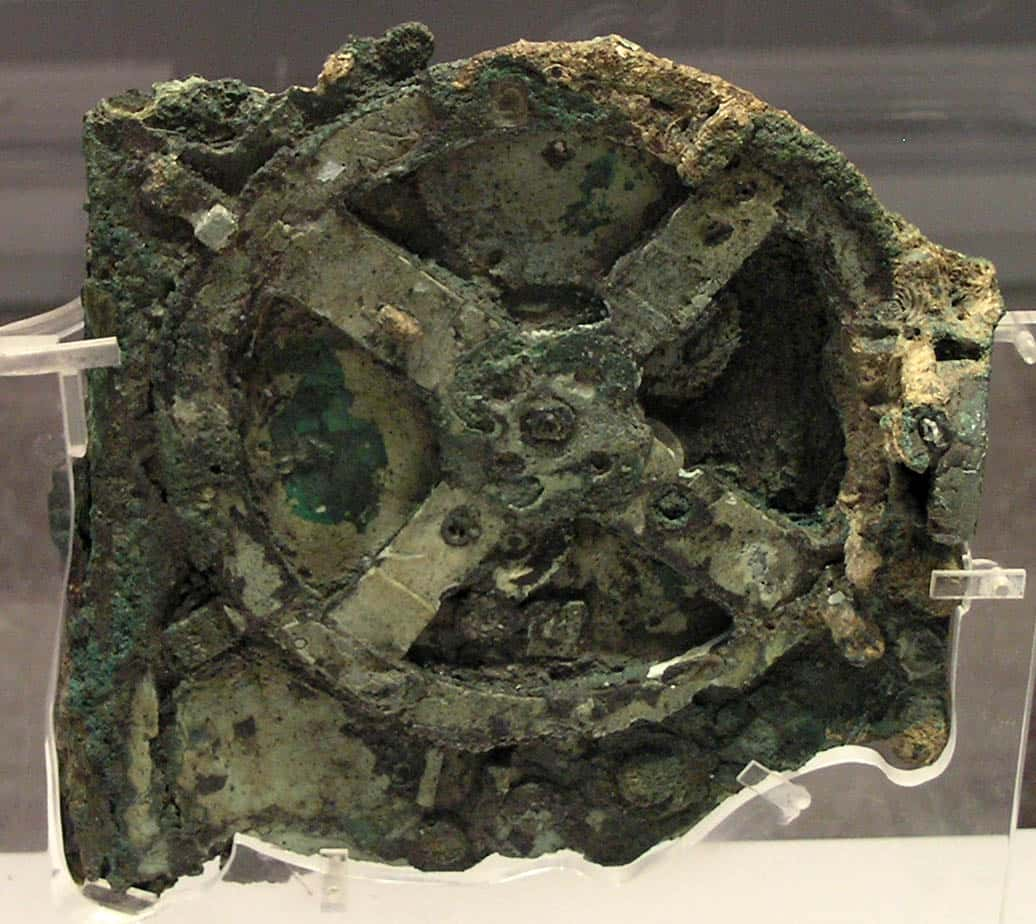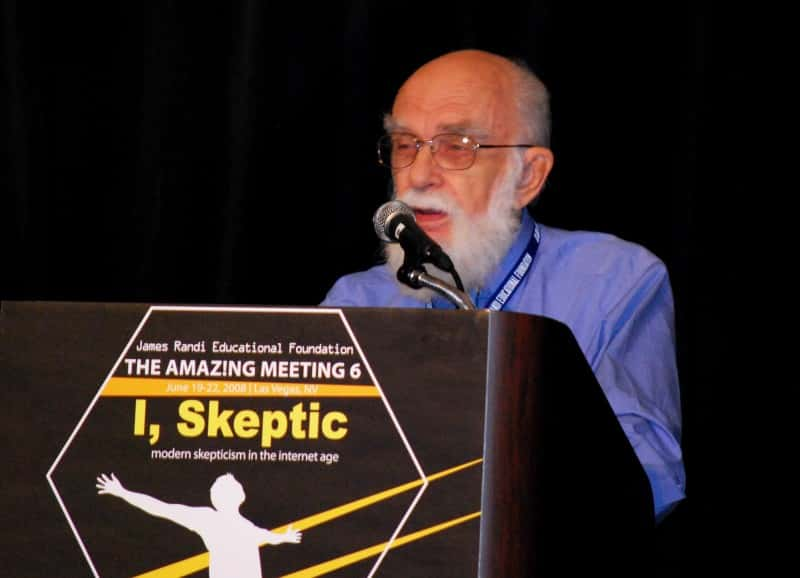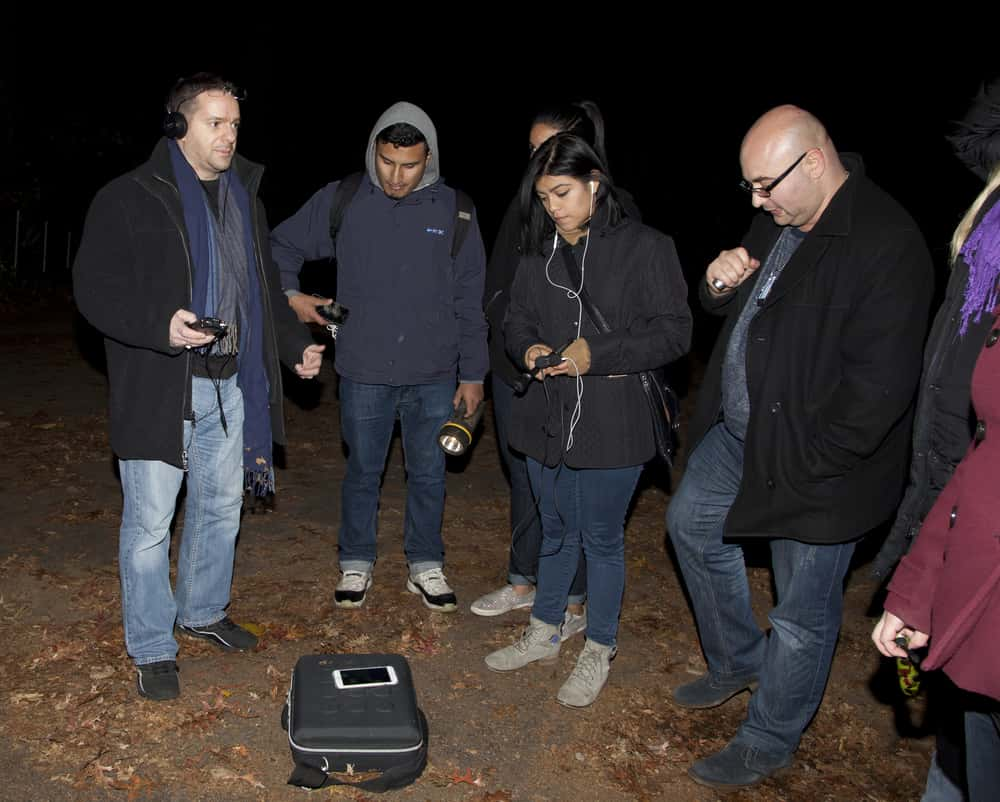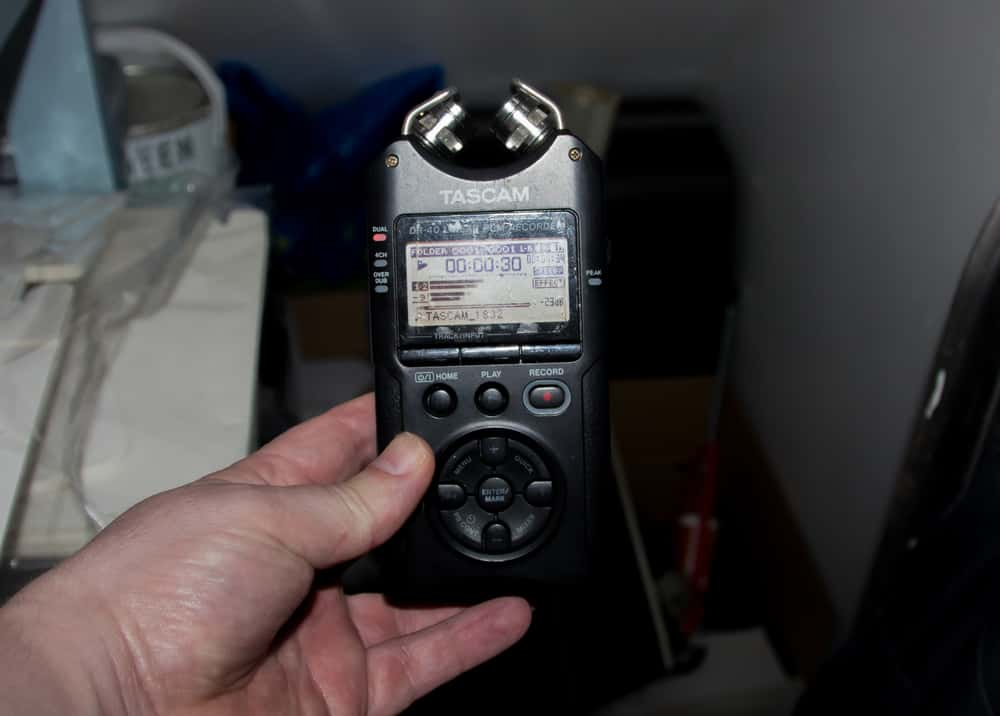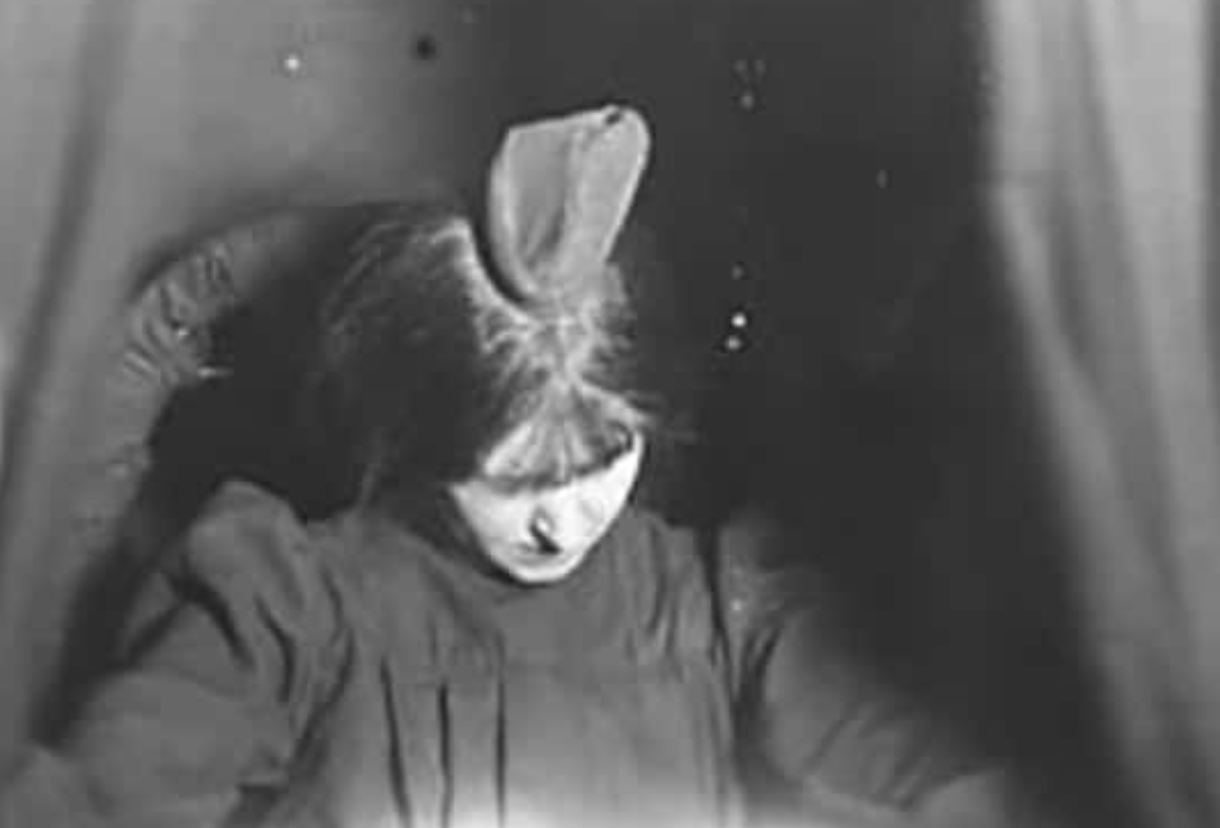“Science operates in the natural, not the supernatural. In fact, I go so far as to state that there is no such thing as the supernatural or the paranormal".—Michael Shermer
Most scientists will tell you that ghosts don’t exist. That cold patches and alien abductions are just figments of our imagination. Scientists may be able to explain away everything supernatural, but that doesn’t stop many people from believing in it. There’s just something exciting and hopeful about the prospect of paranormal phenomena. It opens the possibility of life after passing, of life somewhere else out there in the universe, and of not feeling as alone in humankind’s existence on Earth. Even people that don’t believe in paranormal activity sometimes wish they did. Ghosts may or may not exist. But either way, humans have a fascination with them that can’t be shaken by the skeptics. Here is a list of 42 spooky facts about the paranormal to get to the bottom of the widespread belief in ghosts and all things otherworldly!
44. Something’s Not Quite Right
The “paranormal” is considered anything that sits outside what is normal. And I’m not talking about wearing plaid and stripes together. That might not be normal, but it’s not paranormal. The paranormal is used to group bizarre phenomenon like crop circles, poltergeists, and UFOs, for instance. The term has been around since before 1920 and can be divided into two parts: “para” meaning above or beyond and “normal” meaning consistent with common behavior.

43. Good luck! Break a Leg!
Whether or not paranormal phenomena are actually real, believing in the paranormal can have some pretty positive side effects. One study showed that when those who believe in lucky charms would do better on tests if they had that lucky charm with them. So maybe it’s an unexplainable power in the rabbit’s foot that makes us perform better, or maybe it is just our own brain making us more confident in our skills. Either way, a little “luck” never hurt anyone.
42. Shhh!
The poltergeist is perhaps one of the eeriest types of paranormal being because although they might toss things around and make a lot of noise—they never appear as a physical presence. Poltergeists have been reported to bite people, levitate objects, and knock on doors. The word is a German one that literally translates to “noisy spirit". Some people believe they’re associated with the elements: earth, fire, wind, and air.
41. Saying Boo and Taking Names
Ghosts are a phenomenon that are considered paranormal. Other names for this type of thing are phantom, haunt, specter, spirit, spook, apparition, or wraith.
40. Do Goats Exist?
A ghost is considered to be the spirit or soul of a once living human. Some ghost believers also believe ghosts of passed animals could exist. Anyone who has felt what feels like a cat or dog jump on their bed in the middle of the night when none was there might tend to agree.
39. Dress to Impress
The human soul has been depicted in imagery from various cultures for thousands of years. In ancient civilizations it was sometimes symbolized by animals like birds. In other societies, the passed person’s spirit was depicted as an exact representation of what they looked like when they were living—including their fashion sense. In fact, this is how perished people were drawn in the ancient Egyptian Book of the Gone.
38. How to Train Your Cryptid
A less common type of paranormal creature is the “cryptid". Cryptids are animals that are thought to exist, but not recognized or confirmed by scientists. These animals are instead studied by “cryptozoologists". Sometimes they are simply animals that are thought to be extinct, but more often they are rarely sighted animals that are thought to be make-believe, like Bigfoot, the Loch Ness monster, werewolves, unicorns, and dragons.  HBO, Game of Thrones (2011-19)
HBO, Game of Thrones (2011-19)
37. Ghoulish Gossip
Since the paranormal cannot be investigated by normal scientific method, most paranormal researchers take an anecdotal approach to their subject matter. Charles Fort was one of those paranormal anecdote collectors, having compiled about 40,000 stories of unexplained phenomena in his lifetime.
36. OK Google, Find My Phone
One type of paranormal experience that Fort reported on were “out of place artifacts” or “OOPArts". OOPArts are odd objects that are discovered in strange spots. However, I’m sure skeptics thought the only things that Fort lost were his marbles.

History's most fascinating stories and darkest secrets, delivered to your inbox daily.
35. Beam Me Up, Charlie!
Charles Fort is quite well known for his paranormal story collection and might even be the first person ever to hypothesize alien abduction as a reason for human disappearances.  Pexels
Pexels
34. Gotta Catch ‘Em All!
Fort’s collection of paranormal experiences was as diverse as it was large. Included in the types of phenomena he documented were frogs and fish raining from the skies, levitation, teleportation, sudden flames, crop circles, unidentified flying objects, animals found in abnormal locations, and massive wheels of light found in the ocean.
33. Papa Paranormal
Fort was so fascinated by the paranormal that he is often considered to be the father of contemporary paranormalism.
32. PARAPSYC 101
Besides Fort’s anecdotal evidence of the paranormal, other researchers try to explain and experiment on strange phenomenon using psychological tests like card-guessing and dice-rolling. These people are called parapsychologists and are searching for some proof of extrasensory perception in people. Their methodologies and findings don’t garner much support from the science world, though.
31. Hippies, Hair, and Hauntings
Research on the paranormal was at its height in the 1970s in the United States. It was the time of long hair and UFOs for Americans, back in the good ol’ days, but since then interest in the paranormal has gone down somewhat. Today most work on the paranormal is done by privately funded organizations and the occasional university lab.
30. A Night in a Haunted Mansion
Other paranormal researchers use participant-observation to prove the existence of paranormal activity. Participant-observation is conducted by immersing a researcher in the environment of the research subject so they can start to understand the subject better. Spend a night in a haunted house with the ghosts? No thank you! Something tells me they wouldn’t be the most cooperative research subjects!
29. When There’s Something Wrong in Your Neighborhood
Who ya gonna call? Ghost Hunters! The popular reality television show Ghost Hunters gave the participant-observation approach to paranormal investigation a lot of visibility and now that’s pretty much all we imagine when we think of searching for ghosts. It even spawned many independent ghost hunting groups that give members and customers potentially haunted experiences at paranormal locations.
 Ghost Hunters (2004– ), Pilgrim Films & Television
Ghost Hunters (2004– ), Pilgrim Films & Television
28. The Paranormal Officers
There are many paranormal skeptics that make it their mission to debunk paranormal experiences. Common scientific methods explain ghosts away as a misunderstanding of normal natural phenomena or as a very rare version of a natural incident.
27. CSICOP: Miami
One organization trying to debunk ghost stories is the Committee for Skeptical Inquiry who used to call themselves the “Committee for the Scientific Investigation of Claims of the Paranormal,” or CSICOP. The committee publishes their findings in their own journal called the Skeptical Inquirer.
26. Seen It, Done It, Wrote the Book on It
One member of the Committee for Skeptical Inquiry, Richard Wiseman, wrote an article called “The Haunted Brain” that offers alternative explanations of ghost sightings. He suggests that it’s not the world that is haunted—it’s our own brains. According to Wiseman, 15% of people have reported a ghost encounter, but only 1% have reported they’ve seen a full-bodied spirit. Everyone else has seen shadows fly by or footsteps in the hall or the “feeling” of a presence.
25. Caught in a Magnetic Field of Lies
A man named Michael Persinger is one of the believers that tried to prove the existence of ghosts. He thought if he stimulated people’s brains with a weak magnetic field they could experience the paranormal. And it worked, too. That is, until another man came along to replicate his findings and reported the scientific subjects were just seeing ghosts through the power of suggestion, not magnetic fields.
24. To Be or Not to Be?
Sometimes ghost hunting brings out the most foundational philosophical questions of what it means to be human. One explanation for the existence of ghosts is that having agency is such an important part of being human for some people that they search for it everywhere. Our brains might work so hard to understand why we take the actions that we do that they start seeing directed action in non-human things. Like, shadows or lights or pieces of toast.
23. If I Had a Million Dollars
You’ve gotta be pretty sure of something’s non-existence to offer a million dollars to whoever can prove its existence. And that’s exactly what the James Randi Educational Foundation has done for the existence of ghosts. Anyone that can prove their existence to his liking will win the cash prize. Many have tried and failed, but none have yet claimed the money.
22. Spook Smarts
Another explanation for belief in the paranormal is a lack of education or a low IQ. Claims of high IQ always have to be taken with a little grain of salt, just like claims of the paranormal, but according to one study college students that scored higher grades were less likely to believe in the paranormal.
21. If You Dream It They Will Come
If you do believe in the paranormal, you may be contested, but you’re certainly not alone. Studies have shown that as many as 50% of all Americans believe in the paranormal, even if they haven’t had a paranormal experience themselves. It seems like many of them likely believe simply because they want ghosts to exist.
20. Let’s Talk This Out
Some people set out to prove the existence of ghosts while others just want to have a conversation with them. An organized attempt to communicate with spirits Is called a séance. In French the word’s meaning is rather general, just describing a “session” of anything, usually while seated. In English, though, it exclusively describes a gathering in anticipation of receiving messages from beyond the grave and can be done in any conditions.
19. Ice, Ice, Ghoulie
Cold spots are perhaps one of the most common instances of reported ghost encounters. They are described as a sudden, localized spot where the temperature drops below what is normal for the area. Ghost hunters find these areas with thermometers or heat sensing devices, but skeptics say there are lots of scientifically relevant reasons why the temperature might drop suddenly.
18. My Spirit Senses are Tingling
Extrasensory perception, or ESP, is how we are thought to be able to identify and communicate with the spiritual or paranormal realm. It’s also called the sixth sense because it identifies information you can’t glean from the other five senses.  Pexels
Pexels
17. It Goes by Many Names
In different instances “ESP” is also called second sight, intuition, clairvoyance, telepathy, psychometry, precognition, and retrocognition. A person who has this sixth sense is often called a medium, psychic, or clairvoyant.  Shutterstock
Shutterstock
16. All Talk, No Action
Mediums will often use a spirit board to ask a spirit questions using their participants’ help. You can make your own spirit board at home using thin wood or plastic, or you can go to your local Toys ‘R’ Us and purchase a brand name Ouija board for the occasion. The board should have some combination of symbols, numbers, letters, and words on it so the ghost can speak through it, but the only other tool needed for this paranormal experience is a “planchette” or “little board” to direct the spirit around the board.
15. Trance Trackers
Mediums contact spirits in numerous ways, including through “trance". Trance-mediums slip into an altered state of consciousness to conduct their seances and often report they don’t remember anything when they wake up. This might mean they need someone else to record what happens while they’re in the trance.
14. Who Ya Gonna Call? Houdini!
Famous magicians have been known to debunk paranormal experiences, especially those conducted by a medium. Stage magician John Nevil Maskelyne exposed the Davenport Brothers of lie who were known for their spiritual cabinet work. Harry Houdini was also known to debunk mediums, but not because he was against their Spiritualism, he was just against the tricks they played on true believers.
13. Oh, Canada…
There are a few believers in Spiritualism and regular séance attendees whose names you might recognize, too. They include the author Arthur Conan Doyle and the 22-year Prime Minister of Canada William Lyon Mackenzie King. The latter man sought spiritual guidance from his passed dogs and mother and political guidance from beyond the grave from Franklin D. Roosevelt.
12. You Can’t Fool the Fooler
Mina Crandon was a famous medium who frequently performed her seances undressed and threw herself onto men who participated in them. She apparently channeled her brother Walter Stinson, but it was later discovered that she, like many other mediums of the early 1900s, was a hoax. Houdini was one of the men that attempted to debunk Crandon and he later profited off of her losses. He included some of her illusions and their explanations in his stage show.
11. Night Animals
What time is it, Mr. Ghost? Between midnight and 4am according to most ghost hunting sites. Those wee hours of the morning are the “peak” times to pull out an EMF reader and watch for spooks.
10. Am I Hearing Things?
An important part of ghost hunting is recording your visit with the paranormal to do more intensive investigating of the sound bytes later—and to show the data you collected to your fellow ghost hunting buddies, of course! If something is found in a voice recording from an investigation that sounds spooky, it is called electronic voice phenomena (EVP).
9. DIY Ghost Hunting
In the ‘80s, a woman named Sarah Estep stepped up and started the American Association of Electronic Voice Phenomena (AA-EVP). Estep reports that she has hundreds of EVPs from her passed friends and even from aliens from other planets. Her not-for-profit organization teaches others how to effectively capture their own EVPs.
8. Bizarre Bilingualism
Some people that believe in EVP and capture it claim that picking out otherworldly voices in recordings is a special talent, kind of like learning a different language. Skeptics say that our brains try to organize chaotic stimuli and, in the case of EVPs, do so by turning radio static into words spoken in our own language.
7. Tools of the Trade
An electromagnetic field reader (EMF) is one of the most common devices used by ghost hunters today and detects fluctuations in the electromagnetic fields of an area. If there is a field that is unexplainable, there might be a ghost nearby.
6. I’d Like to Phone a Friend
Unsure about a particular ethical issue and don’t know where to turn for a wise answer? Try calling a friend from the afterlife! “Spiritualism” is a new religious movement that believes contacting spirits can lead to helpful knowledge about morality and the possibility of a god. Spiritualists believe that after passing a spirit does not sit still, but rather continues to change and grow and most importantly can/should be contacted by the living.
5. Not Your Average Medium
Mediums are the people who can contact, communicate with, and deliver messages from spirits. There are two dominant types of mediums—mental mediums, those that can tap into the spirit world to gain messages through their own senses, and physical mediums who receive the ghost through physical manifestations like bells ringing, knocking, and rapping.
4. The Ghost Hertz Me!
In the late 20th century, an engineer working at a medical equipment manufacturer suspected that one of the rooms in his workplace was haunted. Whenever he was in there he would see and hear strange things and even get distinctly sad and uncomfortable. One possible explanation for this incident and many other ghost sightings is infrasound, or low frequency vibrations. These vibrations go completely unnoticed by the human sense, but they can cause discomfort including many symptoms that go alongside the common description of a ghost encounter. In this engineer’s case, vibrations were sent out from a fan in the haunted room that could have caused him to feel disoriented.
 Piqsels
Piqsels
3. I’ll Drink to That
If you believe in ghosts, you’ve got some good company because some of our greatest minds and leaders have a history with the paranormal. The father of computer science, Alan Turing, not only believed in artificial intelligence, but also telepathy. Winston Churchill claimed he saw the ghost of Abraham Lincoln when visiting the White House shortly after he got out of the bath. He was undressed at the time. He had also been drinking some Scotch, which might explain why he saw a different kind of spirit appear.
2. CO No!
Or, if not mold, how about carbon monoxide? At least one notable “haunting” turned out to be the result of a gas leak, causing the residents of the home to suffer from neuritis, an inflammation of the nerves that can lead to hallucinations and numbness.
1. But…
What if science proves ghosts are real? Some quantum physicists have put forward the theory that human consciousness stems from microtubules in our brain cells, microtubules which can survive outside our body, even once the rest of our body has passed and decayed. Essentially, our conscious can haunt the earth long after we’ve passed on—just not in the form of a floating white sheet.
Sources: 1, 2, 3, 4, 5, 6, 7, 8, 9, 10, 11, 12, 13, 14, 15, 16

